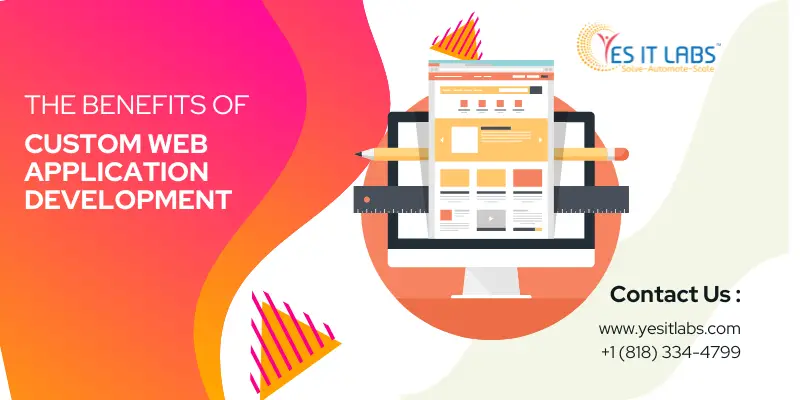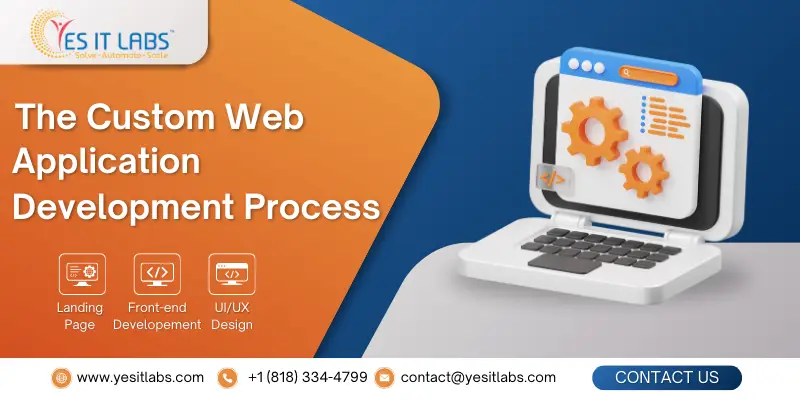 By Sabela Carson
By Sabela Carson Front-End Development in 2024: Next.js vs React for Building Modern Web Applications
Hey there, fellow web enthusiast! If you’ve been keeping up with the ever-evolving landscape of front-end development, you’ve probably heard about the ongoing debate between Next.js and React. Both are powerful tools in the arsenal of modern web developers, but which one should you choose for building web applications in 2024? Let’s dive in and explore the ins and outs of Next.js versus React, and how they stack up for crafting cutting-edge web experiences.
The Rise of Web Applications
First things first, let’s talk about web applications. Gone are the days when websites were just static pages serving basic information. Today, web applications are dynamic, interactive platforms that deliver rich user experiences akin to their native counterparts. From e-commerce platforms to social networks, web applications have become the backbone of digital interaction, empowering businesses and users alike.
Meet the Contenders: Next.js and React
In the realm of front-end development, React has been a reigning champion for quite some time. React is a JavaScript user interface library developed by Facebook. Its component-based architecture and declarative syntax have won the hearts of developers worldwide, enabling the creation of highly modular and reusable UI components.
Enter Next.js, a framework built on top of React by the folks at Vercel. Next.js takes React to the next level by providing a robust toolset for server-side rendering (SSR), static site generation (SSG), and seamless client-side routing. With features like automatic code splitting and optimized performance out of the box, Next.js has gained traction as a top choice for building production-ready web applications.
The Case for React
Let’s start by singing some praises for React. As a library, React offers unparalleled flexibility and scalability for building complex user interfaces. Its virtual DOM (Document Object Model) efficiently updates only the necessary components, resulting in fast and responsive applications. Plus, React’s vast ecosystem of libraries and community-driven plugins makes it a developer’s playground, offering solutions for every problem imaginable.
For web app development companies deeply invested in React, sticking with the status quo might seem like a no-brainer. After all, familiarity breeds efficiency, and many teams have honed their skills with React over the years. Moreover, React’s extensive documentation and widespread adoption mean ample resources and support are readily available, making it an attractive choice for projects of all sizes.
Choosing the Right Tool for the Job
So, which one should you choose for your next web application project: React or Next.js? The answer, as always, depends on your specific requirements and preferences. If you’re already comfortable with React and need a lightweight library for building user interfaces, sticking with React might be the way to go.
On the other hand, if you’re embarking on a new project or looking to level up your development stack, Next.js offers a compelling suite of features that can supercharge your web development workflow. Whether you’re building a blog, an e-commerce platform, or a complex web application, Next.js provides the tools and optimizations needed to deliver exceptional user experiences in 2024 and beyond.
Conclusion
In the ever-evolving landscape of front-end development, staying abreast of the latest tools and technologies is key to building modern web applications that stand out from the crowd. While React remains a powerhouse in the world of UI libraries, Next.js has emerged as a worthy companion, offering advanced features and optimizations for building performant and scalable web applications.
As web app development company continue to push the boundaries of what’s possible on the web, the choice between Next.js and React boils down to your specific project requirements, team expertise, and long-term goals. Whether you’re a seasoned React aficionado or a curious newcomer, exploring the capabilities of Next.js could open up new possibilities and propel your web development journey to new heights.
Tags: Custom Web Application, Next.js vs React, web app development company usa, web application development company in usaLatest Resources
Top Frameworks for Cross-Platform App Development in 2025
January 22, 2025
A Guide to Types of Artificial Intelligence (AI)
January 14, 2025
Key Benefits of React Native App Development
January 7, 2025
Leveraging AI in Startup Software Development: Trends and Tips
December 30, 2024
Mobile Optimization for Shopify Apps: Best Practices
December 23, 2024














 Services
Services

